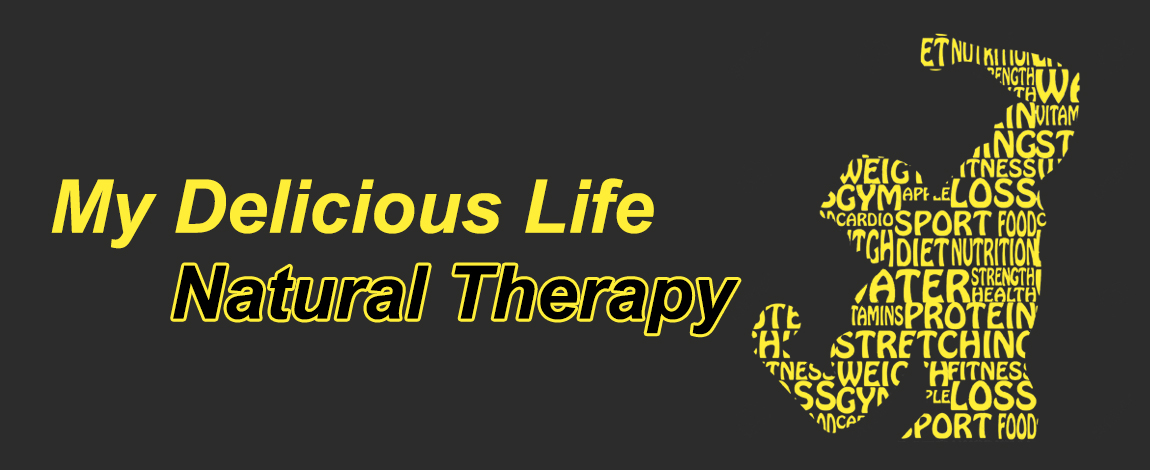

















































Incline walking can be an effective form of exercise for fat loss and overall fitness. Walking on an incline increases the intensity of your workout, which can lead to a higher calorie burn compared to walking on a flat surface. Here are some reasons why incline walking can be beneficial for fat loss:
Walking uphill requires more effort and engages more muscle groups, leading to a higher calorie expenditure during your workout. Burning more calories can contribute to a calorie deficit, which is necessary for fat loss.
Incline walking targets your glutes, hamstrings, and calves more than walking on a flat surface. This increased muscle engagement not only burns more calories during the workout but can also lead to improved muscle tone and definition over time.
Walking is a low-impact exercise, making it suitable for people of different fitness levels or those with joint issues. It allows you to exercise without putting excessive stress on your joints.
Incline walking is an easily accessible and sustainable activity. You can do it outdoors on hilly terrains or indoors on a treadmill with an incline feature.
If you have limited time for workouts, incline walking can be a great option as it allows you to achieve a more intense workout in a shorter period.
However, it’s essential to remember that fat loss is also influenced by other factors like diet, overall physical activity, and individual metabolism. To maximize fat loss with incline walking, consider the following tips:
Combine with a balanced diet: Pair your incline walking routine with a healthy, balanced diet to support your fat loss goals. Focus on whole foods, plenty of vegetables, lean proteins, and healthy fats.
Regular exercise: While incline walking can be beneficial, incorporating a variety of exercises into your routine can help you stay motivated and prevent plateaus.
Gradual progression: If you’re new to incline walking, start with a moderate incline and gradually increase the intensity over time as your fitness level improves.
Consistency: Consistency is key for any fitness goal. Aim to incorporate incline walking into your weekly routine on a regular basis.
Listen to your body: Pay attention to how your body responds to incline walking. If you experience any discomfort or pain, adjust the intensity or seek advice from a fitness professional.
As always, it’s recommended to consult with a healthcare provider or fitness professional before starting any new exercise regimen, especially if you have any underlying health conditions or concerns. They can help tailor a plan that suits your individual needs and goals.
Holidays and special occasions can be particularly challenging for individuals in recovery from Alcohol Use Disorder (AUD).
These events often involve social gatherings, stress, and the presence of alcohol, making it crucial to have strategies in place to maintain sobriety.
Here are a few strategies to help you stay sober during holidays and special occasions after alcohol use disorder treatment.
Planning ahead can help you navigate potential triggers and stay focused on your sobriety goals. Here’s how to prepare:
Identify Triggers
Think about the situations, people, or emotions that might trigger cravings. Being aware of these triggers allows you to develop strategies to manage them.
Create an Exit Plan
Have a plan for leaving early if you start to feel uncomfortable or triggered. Drive yourself to events or arrange for a sober friend to accompany you so you can leave when needed.
Having a supportive, sober friend with you can provide encouragement and accountability. Here’s why it helps:
Support System
A sober friend can offer moral support and help you stay committed to your goals. They can also provide a distraction if you’re feeling tempted.
Shared Commitment
Attending events with someone who shares your commitment to sobriety can make it easier to resist temptations.
Keeping yourself occupied during social gatherings can help reduce cravings and avoid boredom, which can be a trigger for some people. Here’s how to stay busy:
Engage in Conversations
Focus on engaging in meaningful conversations with others. Ask questions, listen actively, and participate in discussions to keep your mind occupied.
Help the Host
Offer to help the host with tasks like setting up, serving food, or cleaning up. Staying busy with tasks can keep you distracted from thoughts of drinking.
Learning to say no to offers of alcohol is a crucial skill. Here’s how to do it effectively:
Be Firm and Polite
Politely but firmly decline offers of alcohol. You can say something like, “No, thank you. I’m not drinking tonight.”
Have a Ready Response
Prepare a response in advance for when you’re offered a drink. This can help you feel more confident and less caught off guard.
Bringing your own non-alcoholic drinks to social gatherings ensures you have something to drink and helps you avoid the temptation of alcoholic beverages. Here’s what to do:
Non-Alcoholic Options
Bring a variety of non-alcoholic options that you enjoy, such as sparkling water, flavored sodas, or non-alcoholic beer or wine.
Mocktails
Prepare some fun and festive mocktails. Having a special drink can help you feel included and enjoy the celebration without alcohol.
Maintaining a positive mindset can help you stay focused on your sobriety goals. Here’s how to focus on the positive aspects of staying sober:
Reflect on Benefits
Remind yourself of the benefits of sobriety, such as improved health, better relationships, and increased self-esteem. Reflecting on these positives can reinforce your commitment.
Set Intentions
Set positive intentions for the event, such as enjoying the company of loved ones or appreciating the holiday spirit. Focusing on these positive aspects can help you stay motivated.
Prioritizing self-care is essential for maintaining sobriety, especially during stressful times like holidays and special occasions. Here’s how to take care of yourself:
Relaxation Techniques
Incorporate relaxation techniques such as deep breathing, meditation, or yoga into your routine. These practices can help reduce stress and anxiety.
Rest and Recharge
Ensure you get enough rest and take breaks when needed. Avoid overcommitting and give yourself time to recharge.
Continuing to attend support group meetings during the holiday season can provide additional support and reinforcement of your sobriety goals. Here’s why it’s important:
Regular Check-Ins
Attending regular meetings helps you stay connected to your support network and reinforces your commitment to sobriety.
Holiday-Themed Meetings
Many support groups offer holiday-themed meetings or events, providing a safe and supportive environment to celebrate the season.
Creating new, sober traditions can help you enjoy the holidays and special occasions without alcohol. Here’s how to start new traditions:
Sober Celebrations
Plan sober celebrations with friends and family who support your sobriety. This could include game nights, movie marathons, or outdoor activities.
Focus on Activities
Incorporate activities that don’t involve alcohol, such as cooking, baking, or crafting. These activities can create positive memories and reinforce your commitment to sobriety.
If you’re struggling to maintain sobriety during the holidays, seeking professional support can provide additional guidance and resources. Here’s how to get help:
Therapist or Counselor
Schedule sessions with a therapist or counselor to discuss your challenges and develop strategies for staying sober.
Treatment Programs
Consider enrolling in a treatment program or attending a sober living facility if you need more intensive support during the holiday season.
